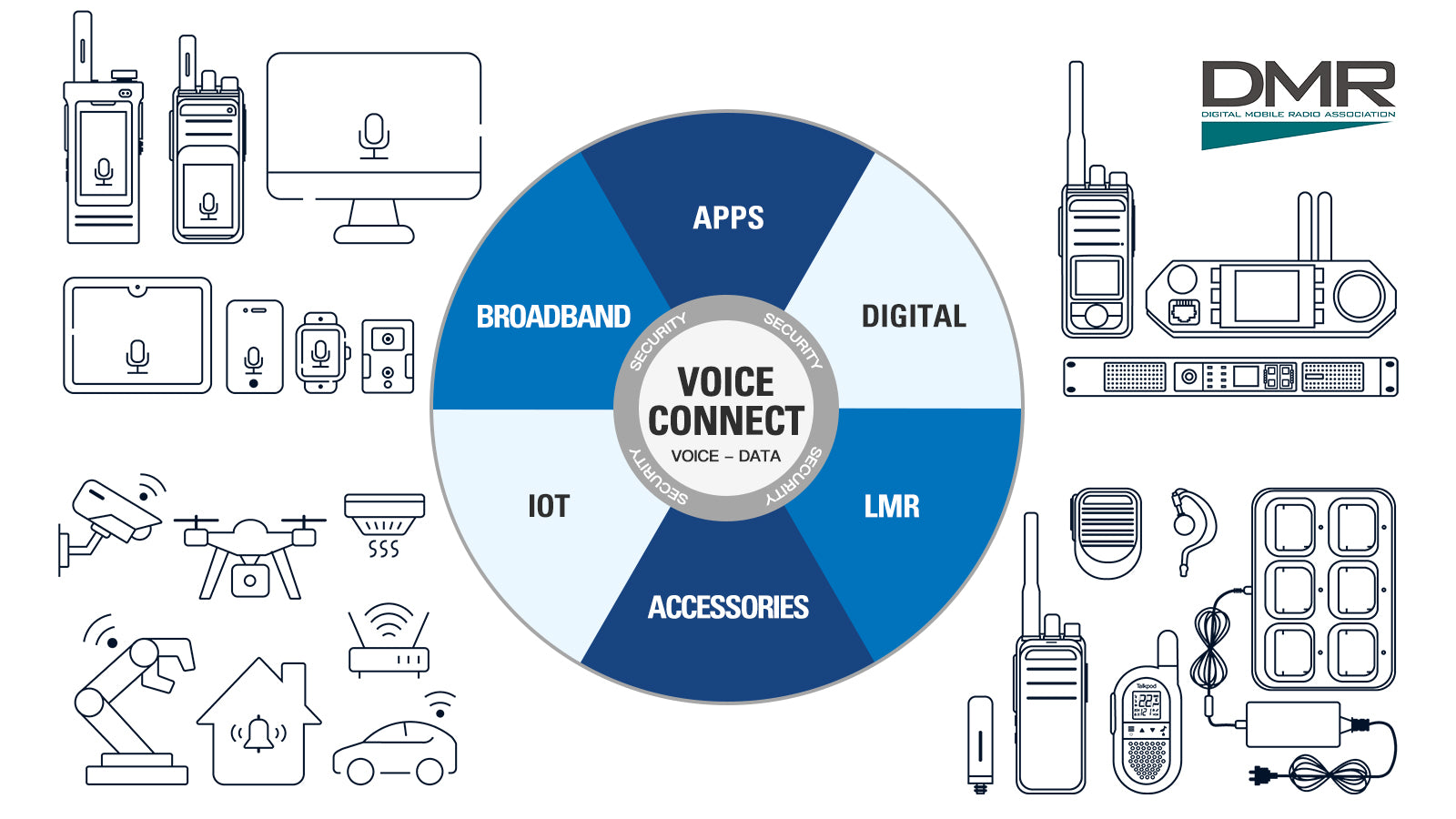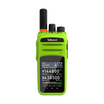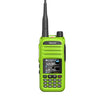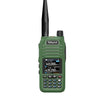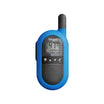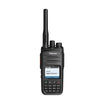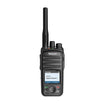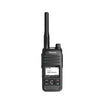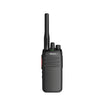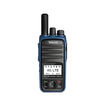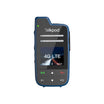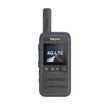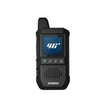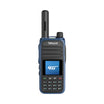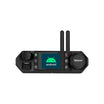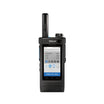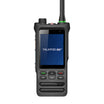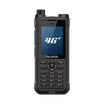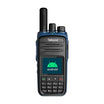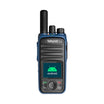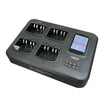What is a Bitstream?
A bitstream refers to a sequence of bits transmitted continuously over a communication channel. In the realm of two-way radios, it represents the digital form of the voice, data, or any signal that gets transmitted from one device to another. The concept is integral to digital communications, as it underpins the method through which information is encoded and relayed between two-way radio units.
How Bitstream Functions in Two-Way Radios?
In two-way radio communications, when a user speaks into the radio, their voice is converted from an analog audio signal into a digital format, a process called modulation. This digital information is then structured into a bitstream for transmission. On the receiver’s end, the incoming bitstream is demodulated, converting the digital bits back into an audible voice or into the original data format.
The efficiency and reliability of this process are crucial, as any error in the bitstream can lead to miscommunication or loss of vital information, particularly in critical scenarios such as emergency response or security operations.
Why is Bitstream Important in Two-Way Radio Communications?
- Clarity and Accuracy: A clear and uninterrupted bitstream ensures the precise transmission of voice and data, essential for effective communication.
- Speed: Bitstream allows for the rapid transmission of data. In critical situations where time is of the essence, the ability to quickly send and receive information can be lifesaving.
- Error Detection and Correction: Advanced two-way radio systems employ error detection and correction algorithms that work on the bitstream to identify and rectify any errors, ensuring the reliability of communications.
- Integration with Other Systems: In modern digital communications, bitstreams can carry various types of data, including GPS information and text messages, allowing for enhanced functionality and interoperability of two-way radio systems with other digital platforms.
Conclusion
The concept of bitstream is fundamental to the operation of modern two-way radios, particularly in digital communications. It is the backbone of transmitting voice and data over radio waves, ensuring that critical information is conveyed quickly, accurately, and efficiently. Understanding the role and management of bitstreams is essential for optimizing the performance and reliability of two-way radio systems, especially in scenarios demanding high levels of clarity and speed.


